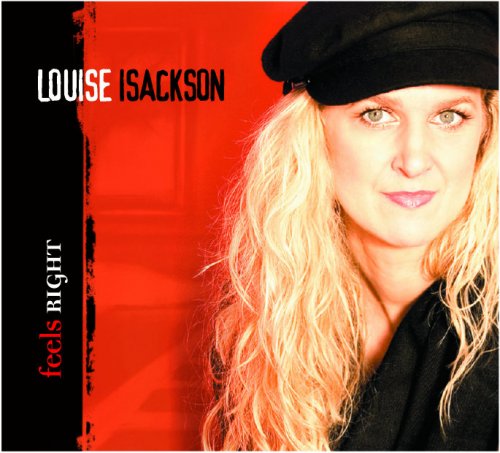BBC Philharmonic, Gianandrea Noseda, Jean-Efflam Bavouzet - Bartók: Piano Concertos Nos. 1, 2 & 3 (2010) [Hi-Res]

Artist: BBC Philharmonic, Gianandrea Noseda, Jean-Efflam Bavouzet
Title: Bartók: Piano Concertos Nos. 1, 2 & 3
Year Of Release: 2010
Label: Chandos
Genre: Classical
Quality: flac 24bits - 96.0kHz
Total Time: 01:13:26
Total Size: 1212 mb
WebSite: Album Preview
TracklistTitle: Bartók: Piano Concertos Nos. 1, 2 & 3
Year Of Release: 2010
Label: Chandos
Genre: Classical
Quality: flac 24bits - 96.0kHz
Total Time: 01:13:26
Total Size: 1212 mb
WebSite: Album Preview
---------
01. Piano Concerto No. 1, Sz. 83: I. Allegro moderato
02. Piano Concerto No. 1, Sz. 83: II. Andante
03. Piano Concerto No. 1, Sz. 83: III. Allegro molto
04. Piano Concerto No. 2, Sz. 95, BB 101: I. Allegro
05. Piano Concerto No. 2, Sz. 95, BB 101: II. Adagio-Più adagio-Presto
06. Piano Concerto No. 2, Sz. 95, BB 101: III. Allegro molto
07. Piano Concerto No. 3, Sz. 119, BB 127: I. Allegretto
08. Piano Concerto No. 3, Sz. 119, BB 127: II. Adagio religioso
09. Piano Concerto No. 3, Sz. 119, BB 127: III. Allegro vivace
This is the first concerto recording by Jean-Efflam Bavouzet for Chandos. Following the tremendous success of his complete Debussy piano music edition (‘This could well be the finest and most challenging of all Debussy piano cycles’ – Bryce Morrison, Gramophone) – which scooped awards from both Gramophone and BBC Music – and the launch of his ambitious Haydn Piano Sonatas series, the pianist now turns his attention to some of the mightiest concertos of the twentieth century. The three Bartók Piano Concertos on a single CD represents superb value for money.
Bartók wrote his First Concerto, one of his most challenging works, in 1926. The percussive piano writing ads much bite to the textures. The first movement is striking in its rhythmic vigour and dramatic character. The central Andante is essentially a dialogue between the soloist and four percussion players and features much atmospheric ‘Night Music’. In the finale, following without a break, the brilliant motoric rhythms of the first movement return, as does the dramatic use of percussion in a thrilling mêlée of sound.
The Second Concerto was first performed in 1933. The music is more melodically appealing and in the first movement, which is notably contrapuntal, the strings are silent throughout. The hushed slow movement on strings is interrupted half way through by a brilliant and startling scherzo, with a striking sequence of tremolos and note-clusters, before the haunting quiet mood of the opening returns. The finale, again with brilliant use of percussion (as well as brass), ends the work in virtuoso fashion.
The Third Concerto was written at the end of the composer’s life, in 1945, and is much more restrained than the previous piano concertos. The work is lighter, airy, and almost neo-classical compared to much of his earlier music. Unlike much of Bartók’s output, the piece was not composed on commission, but was rather created as a surprise birthday gift for Bartók’s second wife, Ditta Pásztory, who was, like Bartók, a skilled concert pianist. The two lively outer movements, full of the composer’s distinctive rhythmic drive, are separated by a slow movement of great beauty and serenity, with, again, a striking, contrasting middle section. The final seventeen bars were orchestrated by the composer’s pupil, Tibor Serly, after the composer’s death, based on Bartók’s notes.

![The Mood Mosaic - Funk 'n' Roll (2025) [Hi-Res] The Mood Mosaic - Funk 'n' Roll (2025) [Hi-Res]](https://www.dibpic.com/uploads/posts/2025-12/1765495597_fei4b1bbm7qjr_600.jpg)






